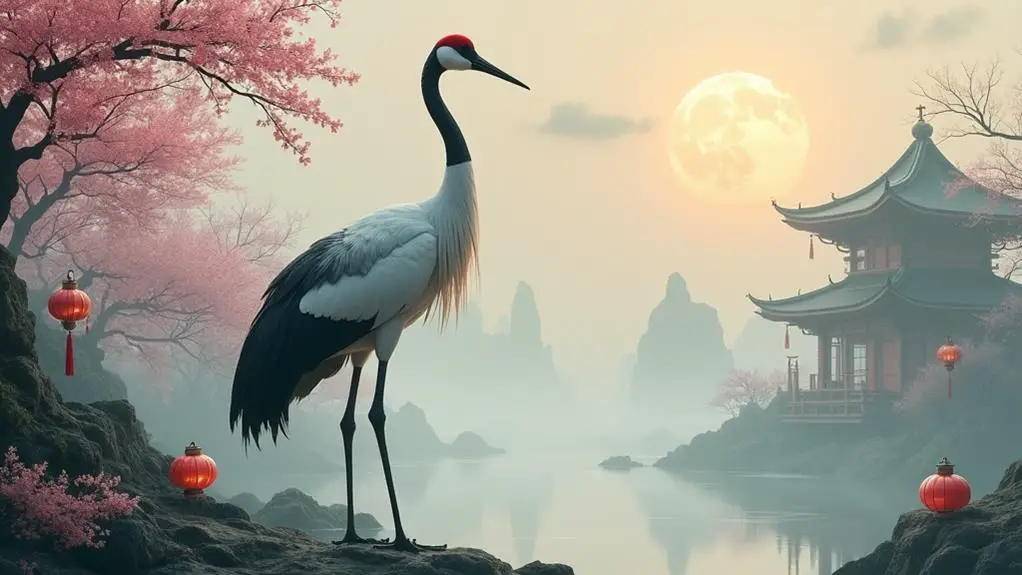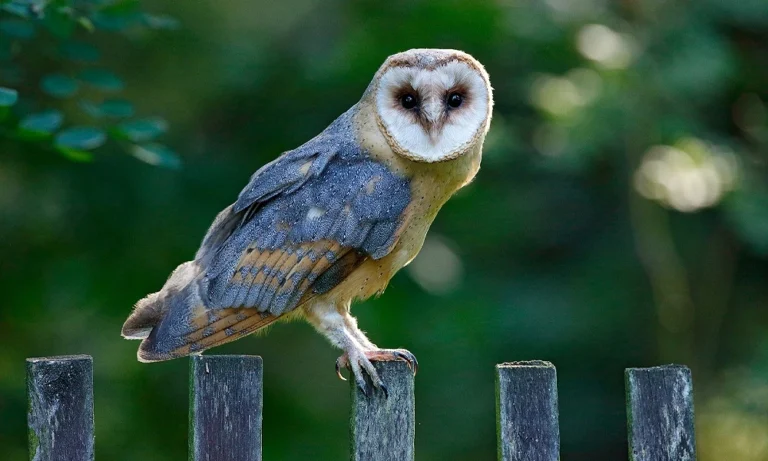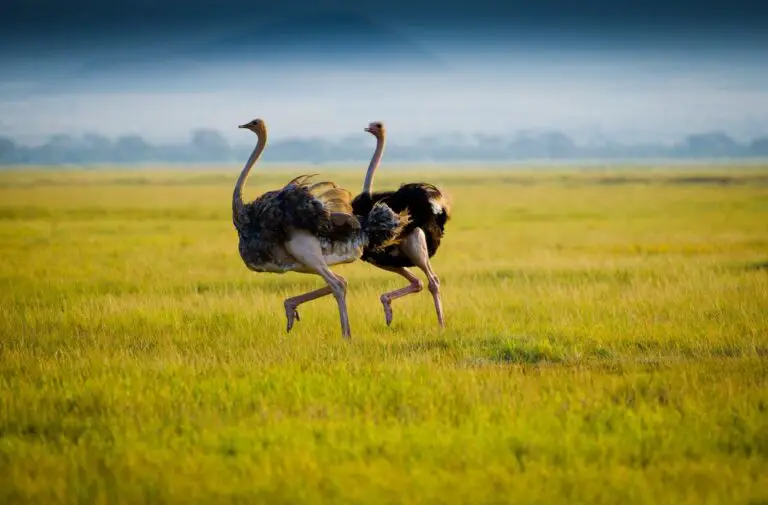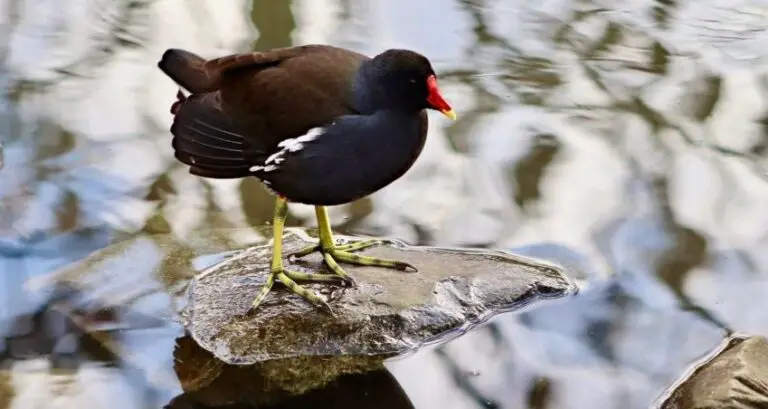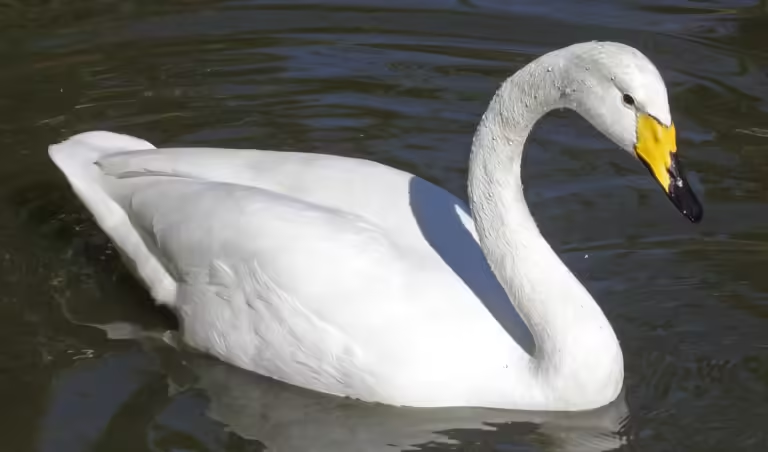When you explore the world of ancient mythology, one symbol stands out for its diverse and intriguing meanings – the crane. Across various cultures, this majestic bird has been associated with longevity, wisdom, and good fortune, often representing adaptability and resilience through its remarkable migratory patterns. But what’s even more fascinating is the crane’s role as a cosmic messenger, carrying prayers to heaven and bringing back divine answers. As you look closer, you’ll notice the crane’s connection to the divine feminine, but that’s just the beginning – its symbolism runs much deeper, and its story is far from over.
Key Takeaways
- Cranes symbolize longevity, wisdom, and good fortune in ancient Eastern cultures, representing adaptability and resilience.
- In various mythologies, cranes are revered for their association with cosmic balance and the natural order of the universe.
- Cranes often serve as messengers between the mortal world and the realm of the gods, facilitating divine communication.
- They embody the principle of balance and harmony, representing the interconnectedness of all things in the universe.
- Cranes are associated with the divine feminine, symbolizing nurturing, protection, and creation, and are often depicted as maternal figures.
Origins of Crane Symbolism
When you delve into the world of crane symbolism, you’ll find that its origins are deeply rooted in ancient Eastern cultures.
In these societies, the crane was often seen as a symbol of longevity, wisdom, and good fortune. As a result, the bird was frequently depicted in art and literature, and its image was used to convey important messages and values.
In many ancient cultures, the crane was viewed as a feathered messenger between the mortal world and the realm of the gods.
Its ability to migrate between different environments and habitats made it a symbol of adaptability and resilience. The crane’s distinctive call was also seen as a form of communication with the divine, and its presence was often believed to bring good luck and prosperity.
The crane’s symbolism has been shaped by its behavior and characteristics, which have been observed and interpreted by humans over centuries.
Its majestic appearance, graceful movements, and distinctive calls have all contributed to its rich symbolic meaning. As a cultural symbol, the crane continues to inspire and fascinate people around the world, representing a connection to the natural world and the values of ancient cultures.
Crane in Chinese Mythology
In Chinese mythology, the crane is often depicted as a symbol of longevity, honor, and wisdom.
You may notice that the crane’s association with these virtues is deeply rooted in its physical characteristics and behaviors.
For instance, its majestic appearance and gentle movements evoke feelings of serenity and respect.
As a symbol of longevity, the crane is often associated with a long lifespan and is said to live for thousands of years.
In Chinese mythology, the crane is also seen as a heavenly messenger, carrying prayers to heaven and bringing back divine answers.
This distinctive role highlights the crane’s connection to the divine realm and its ability to transcend the mortal world.
The crane’s representation of Imperial virtues is also noteworthy.
In Chinese culture, the crane is often depicted in art and literature as a symbol of imperial power and authority.
Its majestic presence and dignified demeanor are seen as reflections of the emperor’s virtues and wisdom.
Japanese Folklore and Cranes
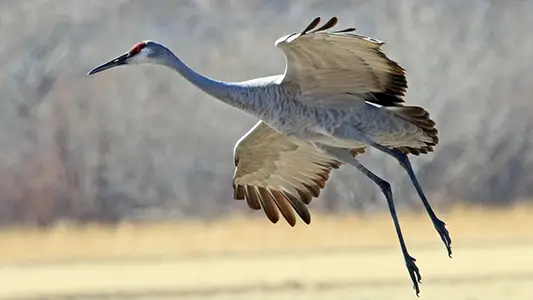
The symbolism of the crane extends beyond Chinese mythology, as it also plays a significant role in Japanese folklore. In Japan, cranes are revered as symbols of good fortune, longevity, and fidelity. You may notice that cranes are often depicted with their wings folded, which represents peace and serenity. This imagery is deeply ingrained in Japanese culture and is often used in art, literature, and design.
| Aspect | Cultural Significance |
|---|---|
| Longevity | Cranes are said to live for 1,000 years, making them a symbol of longevity and good health. |
| Fidelity | Cranes are known to form long-lasting monogamous relationships, making them a symbol of fidelity and loyalty. |
| Good Fortune | Cranes are believed to bring good fortune and prosperity, and are often displayed in homes and businesses. |
| Wisdom | Cranes are revered for their wisdom and insight, and are often depicted in art and literature as wise and discerning creatures. |
| Peace | The image of a crane with folded wings is often used to represent peace and serenity, and is a popular motif in Japanese design. |
As you explore Japanese folklore, you’ll notice that the crane is a recurring motif, often used to convey themes of longevity, fidelity, and good fortune. The cultural significance of the crane is deeply ingrained in Japanese culture, and continues to inspire art, literature, and design to this day.
Greek Mythology and Cranes
Beyond Eastern cultures, the crane also holds significant symbolic meaning in Western mythological traditions, particularly in Greek mythology.
As you explore the symbolic significance of the crane in Greek mythology, you’ll notice its association with the Greek gods, particularly Hera, the wife of Zeus and the goddess of marriage and family.
In Greek mythology, cranes were often depicted as Hera’s messengers, symbolizing the goddess’s power and authority. The crane’s role as a messenger is also reflective of its symbolism in Greek culture.
Cranes were seen as a symbol of loyalty, longevity, and vigilance, reflecting the values held dear by the ancient Greeks. In addition, the crane’s annual migrations were seen as a symbol of the cyclical nature of life and death, reflecting the Greeks’ understanding of the natural world.
The crane’s significance in Greek mythology is also evident in its association with the myth of Ibycus, a poet who was killed by robbers and whose body was found by cranes.
This myth highlights the crane’s role as a symbol of justice and retribution, underscoring the importance of moral accountability in Greek culture.
Celtic Symbolism of Cranes

Delving into the realm of Celtic symbolism, you’ll discover that cranes hold a unique significance in the cultural heritage of the Celts.
In Celtic mythology, cranes are often associated with wisdom, longevity, and fertility. The bird’s majestic appearance, with its long legs and elegant plumage, made it a revered creature among the Celtic tribes.
According to Druidic wisdom, cranes were considered messengers between the mortal world and the realm of the gods.
They were believed to possess the power of prophecy and were often invoked in divination rituals. The cranes’ distinctive calls were thought to hold mystical significance, with some Celtic tribes believing that the birds’ songs could ward off evil spirits and bring good fortune.
Celtic art and literature often featured cranes as symbols of spiritual growth and transformation.
The bird’s association with water, particularly in the form of the crane’s habit of wading in wetlands, further reinforced its connection to the Celtic concept of the Otherworld – a realm believed to exist alongside the mortal world.
Cranes in Ancient Egyptian Tales
Egyptian mythology’s rich tapestry is woven with tales of various creatures, and cranes hold a notable place within it. As you explore the symbolism and significance of cranes in ancient Egyptian tales, you’ll notice their connection to the River Nile and its life-giving waters. Cranes were revered for their annual migrations, which coincided with the Nile’s flooding, a crucial event for the ancient Egyptians’ agricultural cycles.
| Symbolic Association | Description |
|---|---|
| Fertility and Abundance | Cranes were linked to the Nile’s fertility, symbolizing the abundance of the land and the annual flooding that brought nutrient-rich silt. |
| Protection and Vigilance | In ancient Egyptian art, cranes were often depicted guarding Sacred Tombs, emphasizing their role as protectors of the dead and the living. |
| Renewal and Cycles | The cranes’ migratory patterns were seen as a symbol of renewal, mirroring the cyclical nature of the Nile’s flooding and the ancient Egyptians’ agricultural practices. |
Crane Symbolism in Hinduism
As you explore the rich tapestry of symbolism associated with cranes across cultures, you’ll notice that these majestic birds hold a significant place in Hindu mythology as well.
In Hinduism, cranes are revered for their association with cosmic balance and the natural order of the universe.
They’re often depicted as karma messengers, carrying the prayers of the faithful to the gods and relaying the divine response back to humanity.
Some key aspects of crane symbolism in Hinduism include:
- Messengers of the gods: Cranes are believed to serve as messengers between the mortal world and the realm of the gods, facilitating communication and the exchange of prayers and blessings.
- Embodiments of cosmic balance: Cranes are associated with the principle of cosmic balance, representing the delicate harmony between the natural and supernatural worlds.
- Symbols of patience and wisdom: Cranes are revered for their patience and wisdom, qualities that are considered essential for achieving spiritual enlightenment and self-realization.
- Representatives of the divine feminine: In some Hindu traditions, cranes are associated with the divine feminine, embodying the qualities of nurturing, protection, and creation.
African Folklore and Cranes
As you consider the symbolic meanings of cranes in various cultures, you’ll notice that African folklore also attributes significant importance to these birds.
In several African traditions, cranes are associated with sacred dance rituals, which often symbolize spiritual and social renewal. You’ll find that these birds also play a crucial role as messengers of the gods and symbols of fertility, further underscoring their revered status in African cultures.
Sacred Dance Rituals
In many African cultures, the crane is an integral part of sacred dance rituals, embodying spiritual growth and renewal.
As you explore the significance of the crane in these rituals, you’ll notice its association with ritual movements that evoke cosmic harmony.
These movements aren’t just physical expressions but also symbolize the connection between the spiritual and physical realms.
Some key aspects of crane symbolism in sacred dance rituals include:
- Rhythmic steps: The crane’s distinctive gait is often mimicked in dance, signifying balance and poise.
- Elongated neck movements: These movements represent the crane’s ability to bridge the spiritual and physical realms.
- Wing-like gestures: The dancers’ arms are often extended, mimicking the crane’s wings, to convey a sense of freedom and transcendence.
- Circular formations: The dancers often form circular patterns, symbolizing the cyclical nature of life and the crane’s association with renewal.
Messenger of Gods
In many African cultures, the crane’s role goes beyond its association with renewal and spiritual growth, as it’s also revered as a messenger of the gods.
You find this notion deeply rooted in African folklore, where the crane’s impressive stature and majestic appearance make it an ideal candidate to serve as a divine intermediary.
As a messenger of the gods, the crane is believed to facilitate Divine Communication between the celestial realm and the mortal world.
This role is further solidified by the crane’s impressive migratory patterns, which are seen as a testament to its ability to traverse different realms.
In this context, the crane is seen as an ambassador of the Celestial Embassies, bridging the gap between the divine and the human.
You see this concept reflected in various African mythologies, where the crane is often depicted as a messenger carrying prayers and messages between the gods and humans.
By analyzing these mythologies, you gain a deeper understanding of the crane’s significance in African folklore and its role in facilitating divine communication.
This unique role underscores the crane’s importance in African cultures, solidifying its position as a revered and sacred creature.
Symbol of Fertility
Renewal and rebirth are intricately woven into the fabric of African folklore, where the crane’s majestic presence evokes a profound sense of fertility and abundance.
You’ll notice how cranes are often depicted as maternal figures, embodying the nurturing qualities of a caregiver.
This representation is deeply rooted in the bird’s natural behavior, where females are known to be devoted mothers, carefully tending to their young.
In African folklore, the crane’s symbolism of fertility is closely tied to the following aspects:
- Seasonal cycles: The crane’s annual migrations coincide with the changing seasons, making it a powerful symbol of renewal and fertility.
- Maternal instincts: The crane’s strong maternal instincts are seen as a representation of the life-giving forces of nature.
- Abundance: The crane’s association with wetlands and aquatic ecosystems, which are often teeming with life, reinforces its connection to fertility and abundance.
- Community: Cranes are known to thrive in large communities, highlighting the importance of social bonds and collective nurturing in African cultures.
FAQs: Crane Symbolism
Do Cranes Symbolize Good Luck in All Cultures?
When examining cultural significance of cranes, you’ll find regional variations in symbolism. While cranes often represent good luck, they’re also associated with longevity, wisdom, and fidelity in some cultures, and bad luck or ill omens in others.
Is the Crane a Symbol of Love or Fidelity?
You’ll find that the crane often symbolizes a deeper commitment, as mated pairs stay together, showcasing eternal bonds. In this context, the crane can be seen as a symbol of love or fidelity, reflecting the strength of lasting relationships.
Are Cranes Associated With Any Specific Gods or Goddesses?
You’ll find that various cultures associate cranes with deities, often depicting them as Divine Messengers or Sacred Dancers. In ancient mythologies, they’re linked to gods like Hera and Apollo in Greek mythology, and the sun goddess Amaterasu in Japanese.
Do Cranes Appear in Native American Mythology?
Are you familiar with the diverse Native American mythologies? You’ll find that cranes appear as Tribal messengers in some stories, possibly due to their impressive migration patterns, showcasing their resilience and strength in many indigenous cultures.
Is the Crane a Symbol of Longevity in Western Cultures?
You’ll find that in Western cultures, the crane symbolizes longevity due to its remarkable lifespan, with some species living up to 60 years in the wild, earning cultural significance within historical context of reverence.
Conclusion
You’ve journeyed through the vast realms of ancient mythology, witnessing the crane’s profound symbolism in cultures across the globe. From China to Egypt, Greece to Africa, the crane’s presence echoes a timeless message of balance, resilience, and creation. Its wisdom is boundless, its significance a million times more profound than the migratory miles it travels each year, leaving an indelible mark on the human experience.

